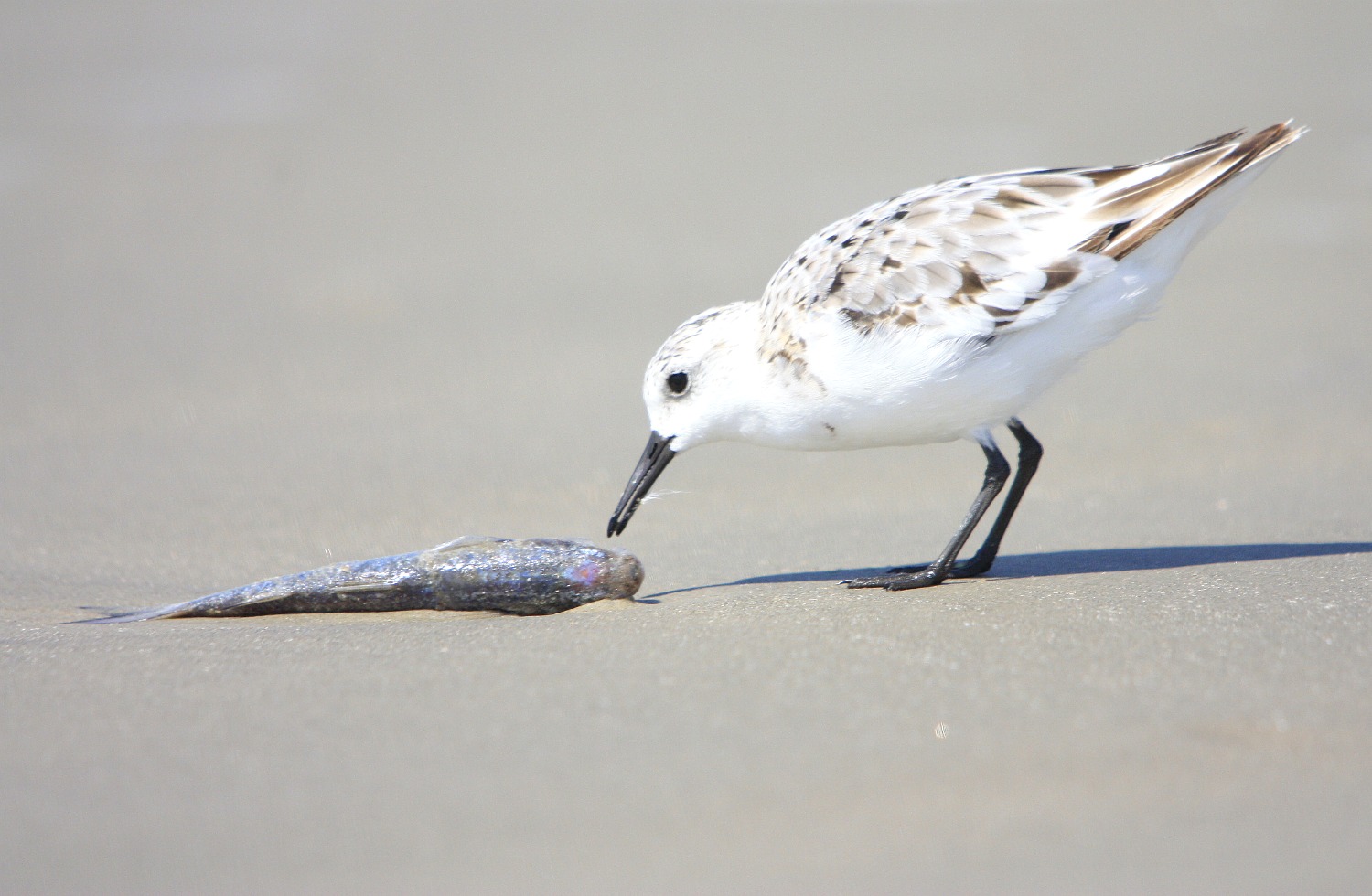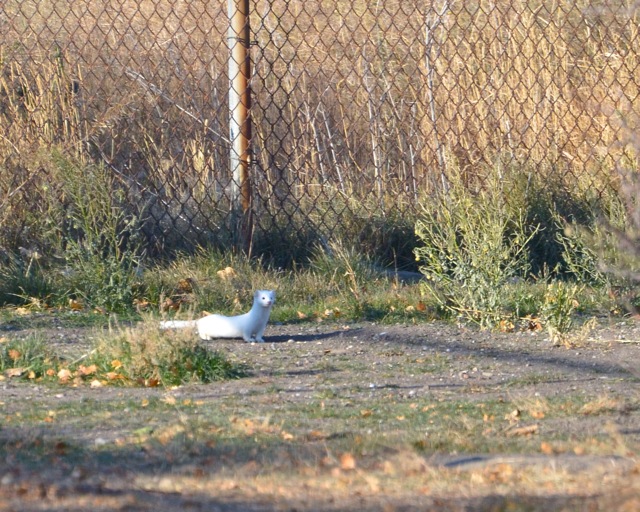Not really about Calgary birding, I thought I might try to squeeze in an occasional post about my experiences down south. Let me tell you, if you haven’t yet experienced Texas birding, you are most definitely missing out.
My family and I moved down to Texas back in August and were greeted by sweltering heat; temperatures regularly exceeding 40 degrees Celsius (104 degrees Fahrenheit). Since then, the temperatures have decreased considerably to a much more comfortable (and bearable) temperature of about 15 degrees Celsius, give or take a few degrees. This mild winter draws many species of avian visitors from up north and we have seen quite a few winter residents.
In my neighborhood, we regularly see Great Egrets, Great Blue Herons, Loggerhead Shrikes, White-winged Doves, Red-shouldered Hawks, Northern Cardinals, Field Sparrows and both Turkey and Black Vultures.

The neighborhood heron has allowed me to crawl close to get some photos
Since we have been down here, we have made several trips out to local hotspots. Our first trip, in September, was out to Galveston, where we saw some typical species of the Gulf Coast including Laughing Gull, Brown Pelican, Snowy Egret, Boat-tailed Grackle, Neotropic Cormorant, Royal Tern, Caspian Tern and Tricolored Heron. We also observed Sanderling, Ruddy Turnstone and Magnificent Frigatebird.

Several other trips out to local parks since then have given us more year-round and winter birds including the likes of Red-bellied Woodpecker, Carolina Chickadee, White Ibis, Cave Swallow, many species of sparrow and both species of Kinglet.
A trip to Brazos Bend State Park gave us the amazing sight of thousands of blackbirds, Crested Caracaras, Vermilion Flycatcher, both species of Whistling Duck and Roseate Spoonbill.
Our latest trip, to Anahuac NWR, yielded incredible flocks of Snow Goose, Ross’ Goose, Greater White-fronted Goose all passing by low overhead; we counted thousands of geese! The refuge also had Anhinga and Harris’ Hawk calling it home.
We have greatly enjoyed Texas birding so far and are looking forward to an exciting spring migration!
Posted by Matthew Sim


























































